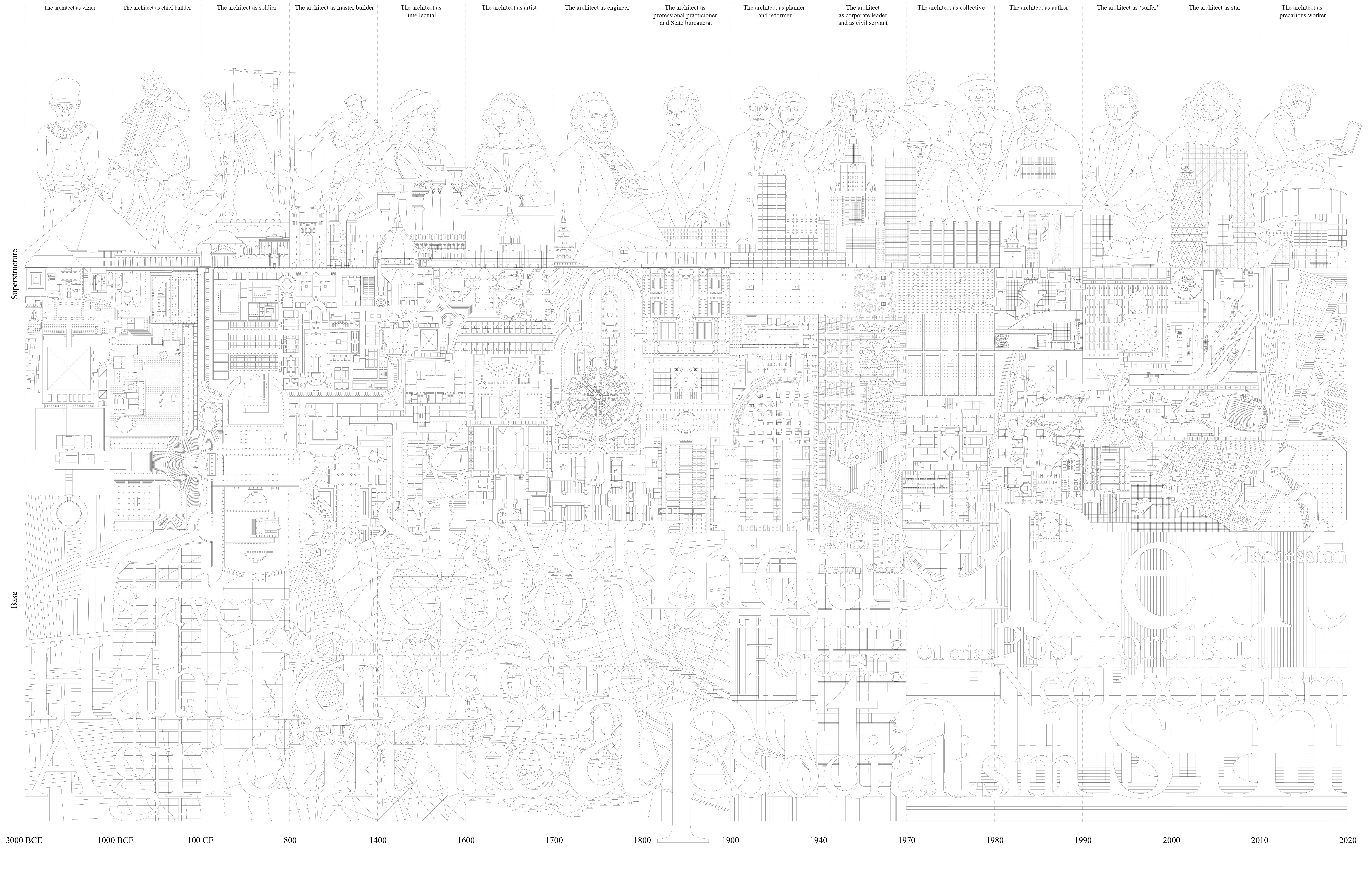Karl Marx, Friedrich Engels, Collected Works, 1845-47, vol. 5 (New York: International Publisher, 1976), 36-37.
Raymond Williams, Problems in Materialism and Culture (London: Verso, 1985), 28.
Manfredo Tafuri, “Per una Critica dell’ideologia architettonica” in Contropiano 1 (1969), 31-79; translated by Stephen Sartarelli as “Towards a Critique of Architectural Ideology” in K. Michael Hays, ed. Architecture Theory since 1968 (Cambridge, Ma.: The Mit Press), 6-35.
Felice Mometti, ‘Ideologia come Architettura. Manfredo Tafuri e la storia critica’ in Scienza e Politica Vol. 24 N. 47 (2012), ➝.
These issues are elaborated in Pier Vittorio Aureli, Architecture and Abstraction (Cambridge, Ma.: The Mit Press, 2023).
John Summerson, The Classical Language of Architecture (Cambridge, Ma.: The Mit Press, 1966).
Charles Jencks, The Iconic Building (New York: Rizzoli, 2005).
